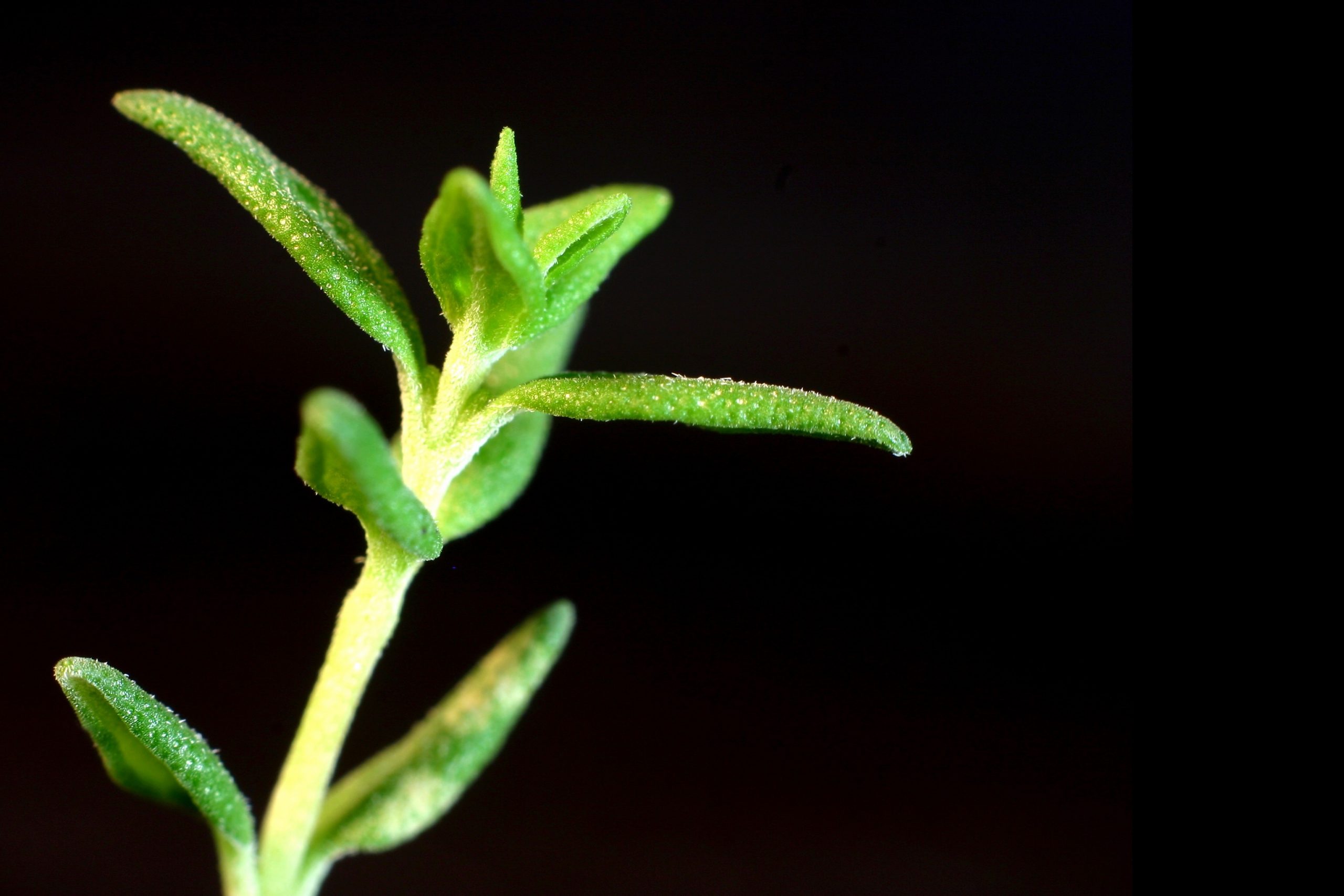Successful ‘Phytogenics in Focus’ Seminar at VIV Asia

The market for phytogenics is growing at a fast pace and the use of these natural ingredients is one of the solutions to reduce antibiotic use for livestock production. This was one of the conclusions from the successful Biomin event at the recent VIV Asia.
The well attended event, held at the second day of VIV Asia in Bangkok, attracted over 150 professionals in the livestock production chain. The event focused on the phytogenic feed additive market and the potential these plant extracts have in animal production and animal health. Also the launch of the new product from Biomin was further explained during this seminar.
Top reasons to use phytogenics
Marc Guinnement, managing director of Biomin Asia Pacific delved into the potentials of the phytogenics and showed some results of the ‘Phytogenic Feed Additives Survey’, conducted by Biomin amongst farmers, nutritionists and veterinarians amongst others, in all areas of the world. “Feed efficiency is the top priority of livestock producers globally and we see in the survey results that the majority (54%) is using phytogenics because of the digestibility enhancement effects they have. Also the antimicrobial effect and that they can act as part of the AGP replacement strategy are strong incentives. Mr Guinnement also mentioned that scientific trials to confirm the efficacy of PFA’s is very important as many of the respondents say that lack of commercial trial results and scientific studies are a reason why they are not using the phytogenics. Another reason is that some simply don’t know which product to choose.
Finding optimal combinations
The second speaker, Australian animal nutritionist and consultant Tony Edwards, gave a nice overview on how to achieve an optimum gut health and performance in pigs and the role for phytogenics in this. “With the desire to step away from AGP use in animal feeds, there is a need to develop an effective alternative strategy. Phytogenics have the potential to play a role in such a strategy, not as a stand-alone, direct replacement but as part of a more holistic approach to the problem involving a revision of production systems, biosecurity, immunology, and an integrated approach to feed additives involving organic acids, probiotics, enzymes and phytogenic products with a clear function”, Edwards explained. He emphasised that the combination of phytogenics and organic acids seems to be a good one. “But more research needs to be done to fine tune the effective dose of specific phytogenic compounds, and optimal combinations with other feed additives.”
Promoting gut health chickens
Veterinarian and consultant Maarten de Gussem from Vetworks delved deeper into the use of the phytogenic feed additives in poultry. According to Mr De Gussem gut health is key. “Especially with our modern broilers that are bred to have a high feed intake. This can lead to situations where gut microbiota changes are interacting with anatomic and physiologic changes in the gut. In the past we have mainly focused on coping with these changes by using antimicrobial growth promoters (AGP) and/or therapeutic antimicrobials. But phytogenics have a much broader range of modes of action and therefore offer many options for improving gut health in modern broiler production, both in units using AGP or AGP-free units,” De Gussem explained. According to him it is also important to increase diversity of microbiota in the chicken’s gut and for example promote bacterial groups that produce butyrate. “When choosing alternatives to AGPs, think of the vicious circle. Phytogenics are part of the solution, as they have great potential and broad action. Other alternatives to enhance gut health are pre-probiotics, enzymes and organic acids for example.”
Targeted release and pellet stability
To conclude the seminar, Neil Gannon, regional product manager, Biomin Asia Pacific unveiled the next generation Digestarom® and the Duplex Capsule Technology that is used to make sure the phytogenic is working on the right spot in the animal. The capsule provides three modules; the wall of the capsule provides appetising and endogenous secretions, encouraging higher feed intakes. The core component has an anti-microbial effect optimising gut microbiota while the extracts and herbs component provides strong gut function and integrity. “This triple action is used for targeted release, homogenous distribution of active substances in the feed, improved thermostability, increased shelf life and less dust (so better handling). “Essential oils are intrinsically volatile and heat sensitive, so pellet stability is an important issue in the feed processing industry. We have tested our product and enhanced the pellet stability up to 95°C,” further explained Gannon. A trial with Cobb broilers (University of Athens, 2016) showed improved feed intakes and feed efficiency when the Digestarom® DC was added to the feed. In piglets, significantly higher feed intakes, body weight gain and FCR was seen, meaning an attractive return on investment of $6-7 for every $1 invested.











